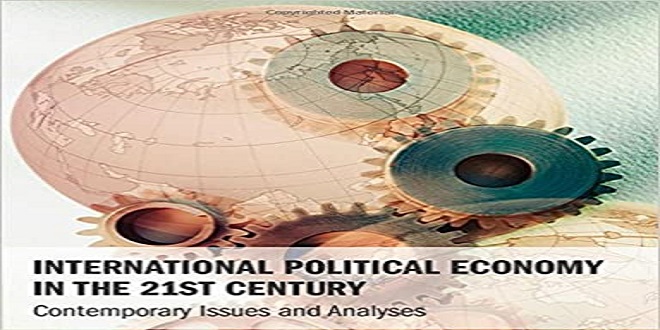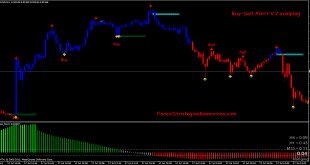Following initial sections on theoretical perspectives and historical background, the remainder of this book of readings concerns the politics of international economic relations since World War II. Developments since 1945 have, indeed, raised a wide variety of theoretical, practical, and policy issues.
The contemporary international political economy is characterized by unprecedented levels of multinational production, cross-border financial flows, and international trade. It is also plagued by increasing political conflict as individuals, groups, classes, and countries clash over the meaning and implications of these economic transactions.
The contradiction between increasing economic integration and the wealth it produces, on the one hand, and the desire for political control and national autonomy, on the other, defines much of what happens in the global political economy. For the first thirty years after World War II, the general pattern of relations among non-communist nations was set by American leadership, and this pattern continues to influence the international political economy today.
In the political arena, formal and informal alliances tied virtually every major noncommunist nation into an American-led network of mutual support and defense. In the economic arena, a wide-ranging set of international economic organizations—including the International Monetary Fund (IMF), the General Agreement on Tariffs and Trade (GATT), and the International Bank for Reconstruction and Development (World Bank)—grew up under a protective American “umbrella,” and often as a direct American initiative. The world economy itself was heavily influenced by the rise of modern multinational corporations and banks, whose contemporary form is large of U.S. origin
American plans for a reordered world economy go back to the mid-1930s. After World War I, the United States retreated into relative economic insularity, for reasons explored in Part II, “Historical Perspectives.” When the Great Depression hit, American political leaders virtually ignored the possibility of international economic cooperation in their attempts to stabilize the domestic economy.
THE END
Yet even as the Franklin Roosevelt administration looked inward for recovery, by 1934 new American initiatives were signaling a shift in America’s traditional isolation. Roosevelt’s secretary of state, Cordell Hull, was a militant free trader, and in 1934 he convinced Congress to pass the Reciprocal Trade Agreements Act, which allowed the executive to negotiate tariff reductions with foreign nations.
This important step toward trade liberalization and international economic cooperation was deepened as war threatened in Europe and the United States drew closer to Great Britain and France.
 Naasongstelugu.info World News, Live News, Trending News, Latest News, Popular News Website in India, Telugu News, Health News, Business News, Sports News, Entertainment News
Naasongstelugu.info World News, Live News, Trending News, Latest News, Popular News Website in India, Telugu News, Health News, Business News, Sports News, Entertainment News





